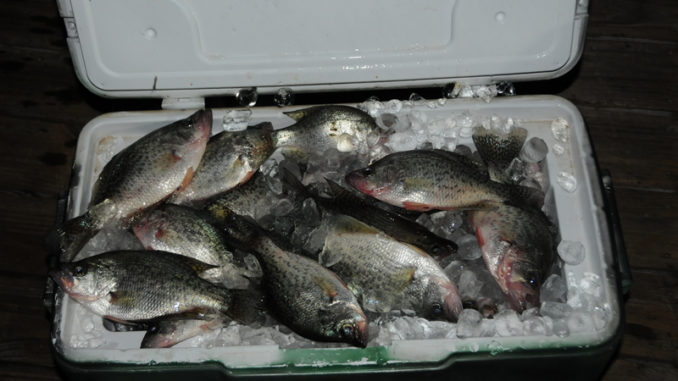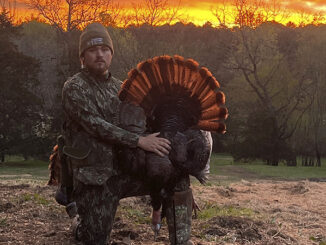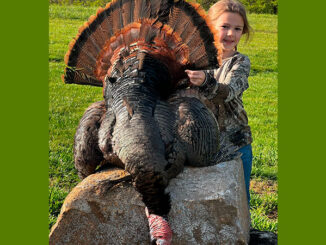
Putting out lights has made slabs after-dark targets on border lake
When the sun sinks into the western sky, night stalkers begin to prowl. They prepare for the evening onslaught and make careful preparations for their sneak attack on unwary victims. But we’re not talking Jack the Ripper; we’re talking about nocturnal crappie fishermen using lights to catch limits of slab crappie on Lake Wylie, and the fishing is wide open.
Robert “Rango” Plemmons, who has gained rock-star status among nocturnal crappie fishermen on Wylie, said limits of crappie are being caught, along with scads of perch and other miscellaneous fish species.
“Most of the time, we’ve got limits by 10 o’clock in the evening, but we’re set up and ready to fish by dark,” Plemmons said. “Night stalking is the name we’ve taken, because we really enjoy fishing at night. It’s very enjoyable to set up and fish under the lights at night letting the fish come to us. If you dress properly, the cooler weather in November and December are great times to catch crappie at night.
“I liken it to a buffet of food, all laid out for the fish,” Plemmons said. “We set up this buffet of live minnows on drops, ledges, humps or holes, wherever we find plenty of fish and baitfish. Recently, we’ve been working a creek mouth in the lower end of the lake and taking limits of crappie regularly. I am often fishing usually with my wife, Kitty, and she has caught some crappie over 15 inches recently in addition to limit catches.”
Plemmons said some anglers may have the notion that night fishing is a random, haphazard sort of technique.
“Nothing could be further from the truth,” Plemmons said. “I will target specific underwater structures and use tackle just for this type fishing.”
Plemmons said a key to the entire process is getting the boat set up right at the beginning.
“If you don’t anchor the boat properly, you’ll be fighting it all night long,” he said. “We get the boat solidly anchored, so even if the wind does blow a bit, the boat will stay where we want it. Also, we usually try to set up late in the afternoon before dark, so all is set by the time we put out our lights. Most of the time recently, we’ve been anchoring 25 to 40 feet deep, but it can vary with the weather. But we don’t fish on the bottom; most fish usually come from the 10- to 20-foot depth.”
“We use the Starfire submersible fishing lights as our only source of fishing light, about a foot under the water beside the boat, and I use one for each person fishing,” Plemmons said. “It works really well for us. I don’t move around much, I let the lights draw the forage which brings the crappie.”
“We buy minnows by the pound and use a big aerator to keep them alive,” he said. “During cold weather, the minnows are much easier to keep alive. Plus, it’s important to keep fresh bait on the rigs as much as possible.”
To help in detecting bites, which are often light, Plemmons paints the tips of all his night-stalking rods with flat, white paint. He also uses a lantern to light up the interior of the boat to help see the rod tips.
“It really helps in seeing the rod tip in the dark,” he said. “Some big crappie bite really light, and those are the ones you don’t want to miss.”
“We’ll use different length rods for a reason,” he said. “Sometimes they’ll bite the short rods that are closer to the light; some nights they hit the longer rods better at the edge of the light. On good nights, they bite ’em all. I use 6-pound test with a No. 2 gold Eagle Claw hook and a No. 2 split shot on all my crappie rigs.”





Be the first to comment